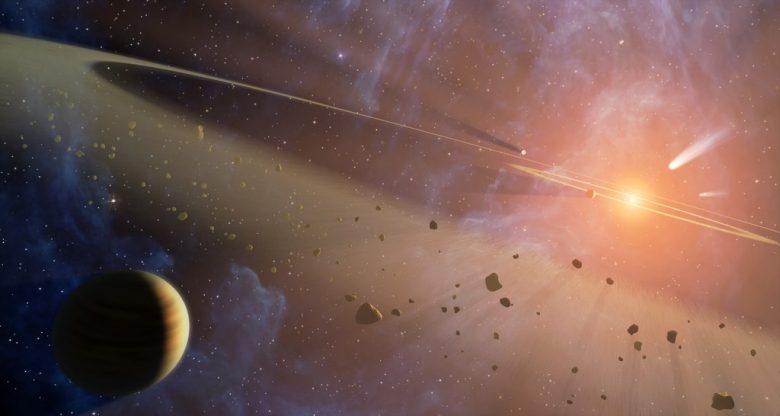Of all our explorations, space exploration is the one that fascinates us the most. Beyond our planet, we know about the Moon and the planets. We have experienced the sounds of rockets launching and landing, we have seen the Earth from the Moon, and we have even landed on an asteroid. However, our knowledge is not complete.
A universe is a big place. It extends far beyond the solar system, and it’s made up of billions of galaxies, each with billions of stars, planets, and moons. Scientists have already discovered thousands of planets outside of our own, but what about similar solar systems? Do our planets have counterparts across the universe that could teach us how to live?
Let’s read more below of the top three space discoveries worth researching:
The Epsilon Eridani
Thousands of years ago, a name in the sky inspired the Greek gods to start a war. As a result, the gods lost control over the human race, and we were left to figure out who – or what – was responsible. Since then, the name “Epsilon Eridani” has gained a reputation as one of the most mysterious stars in our galaxy. And yet, scientists are still debating whether it’s a star, a planet, a binary star system, or a hot gas cloud.
If you are interested in the broader picture of science, you might find Epsilon Eridani to be one of the discoveries that are worth researching. There are many theories about what we are like in the universe, but all of them are still based on ideas that came before them. Yes, science has progressed, and we now know a lot more about ourselves than we did twenty years ago, but we still have a lot of questions left to ask. We don’t know where we came from, how the universe began, why the dinosaurs and other large living things are extinct, and what’s out there in space.
The Super-Earth
A new planet has been found that may help us understand how giant planets like Jupiter and Saturn formed, and a recently-discovered planet could be the answer to the question of what makes a star shine. The newly-discovered planet, dubbed K2-18b, orbits an extremely bright star called K2-18. The sixth planet from the star has a mass about five times the mass of Jupiter and a radius about twice that of the Earth. It has a temperature of about 2200 K and is about eight times closer to its star than the Earth is to the Sun.
Three weeks ago, an international team of astronomers announced the discovery of a super-Earth-sized planet orbiting a distant star. The planet is roughly five times more massive than Earth, and it orbits its star at a distance of 11.3 lightyears away. Scientists now want to know if this new planet is a rare discovery or another example of a great number of planets that we’ve been missing. So, is this planet a sign of exoplanet diversity? Or, is it a sign of a more abundant population of planets?
The ORCs
The study of Orbits of Radio Sources, commonly known as odd radio circles or ORCs, has been one of the more intriguing topics in the radio astronomy community. Although not as well-known as the quest to find Earth-like planets around other stars, the discovery of these strange radio sources could have far-reaching implications when it comes to revealing the mysteries of our universe.
While they’re not new, the stories behind three recent discoveries—a space object called Oumuamua, a radio signal in the constellation Hercules, and the discovery of the first “odd radio circles” in the nearby galaxy Messier 82—are compelling. All three involve the use of unusual techniques and instruments, with great potential for future research.
From robotic spacecraft and satellites to human astronauts, the latest in space exploration is worthy of scientific study and study alone. While most of us are well aware of such events as the moon landing and NASA’s rover missions to Mars, the actual discoveries made by these events have had a major impact on our understanding of the world. And that is why they are worth researching.
Although we have traveled further into space than ever before, we still have a long way to go in our exploration of the Solar System. There are many things we still do not know about space and how it works. By looking at the future, scientists can predict what we will find out there, making it possible to predict what we will find.



